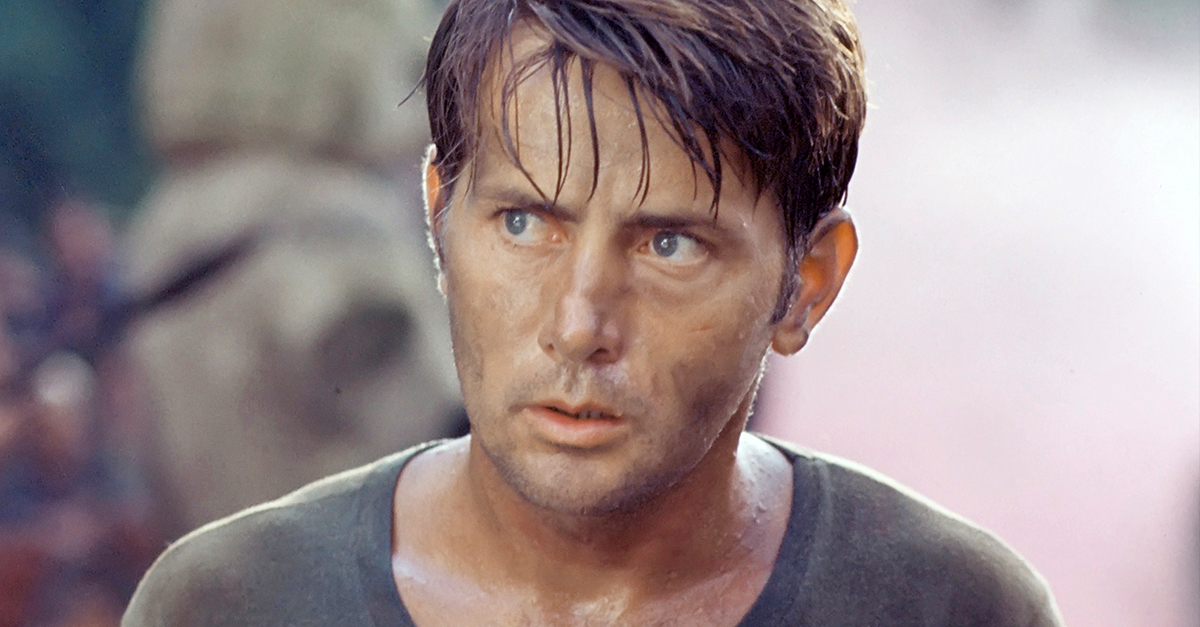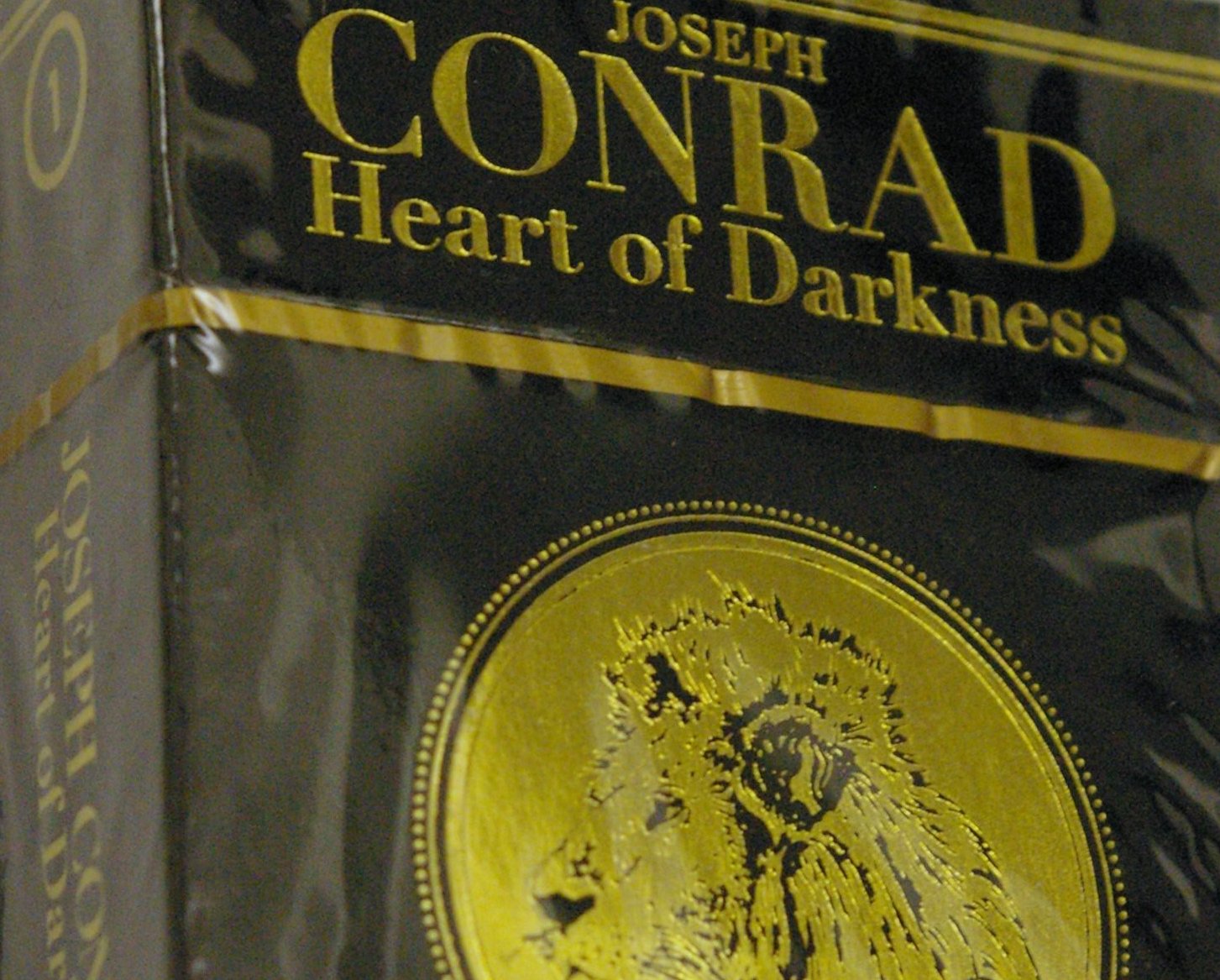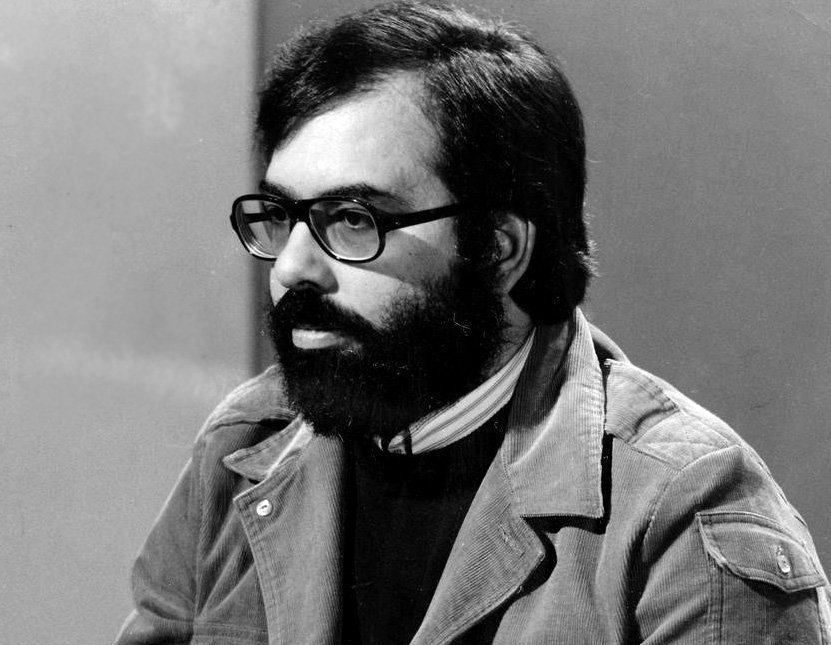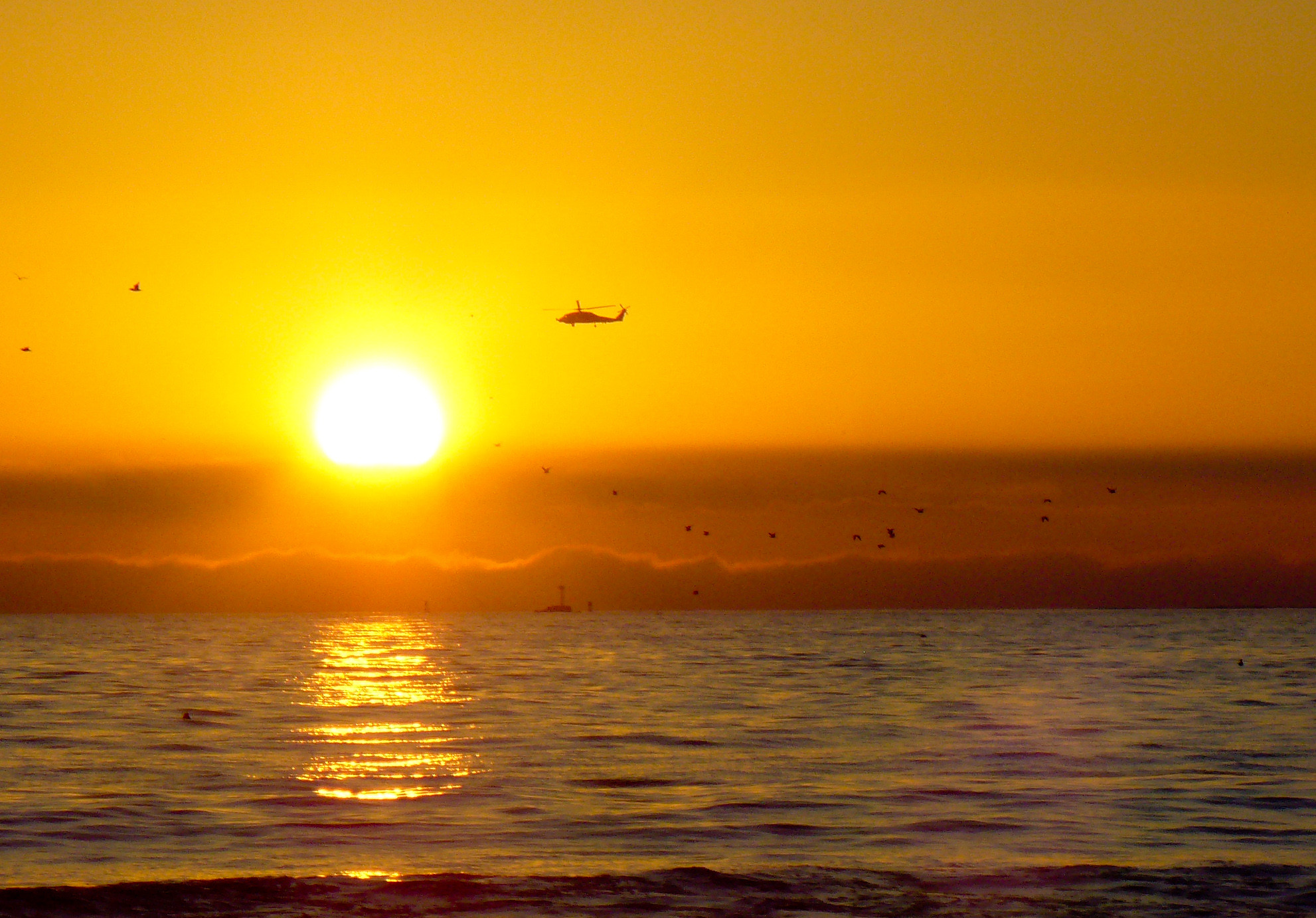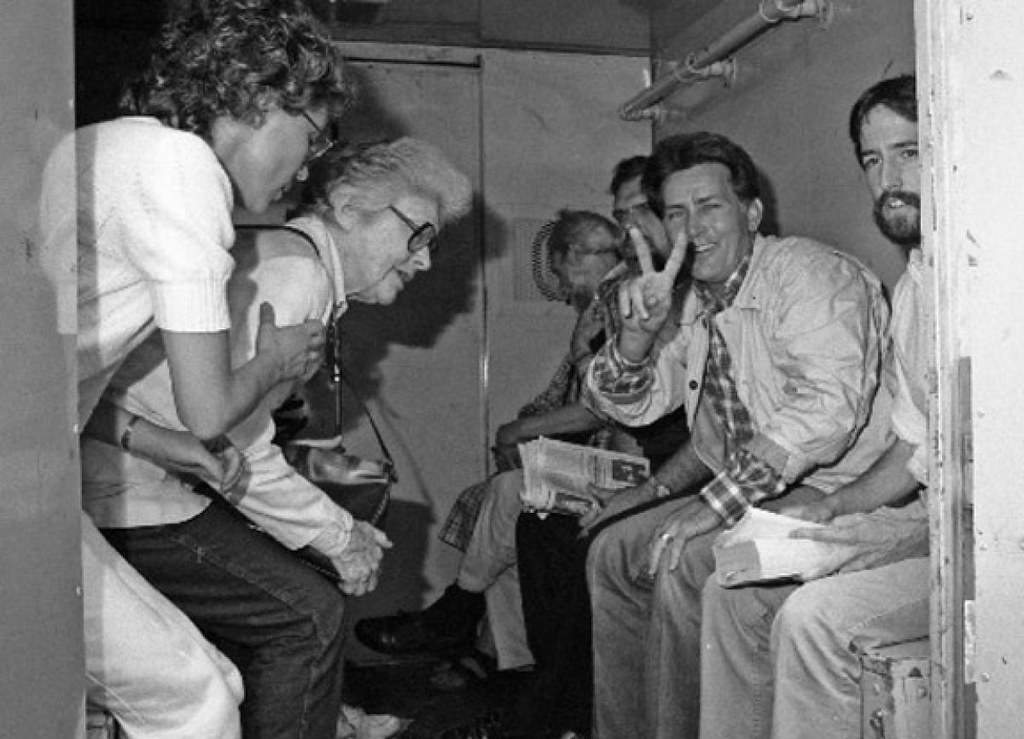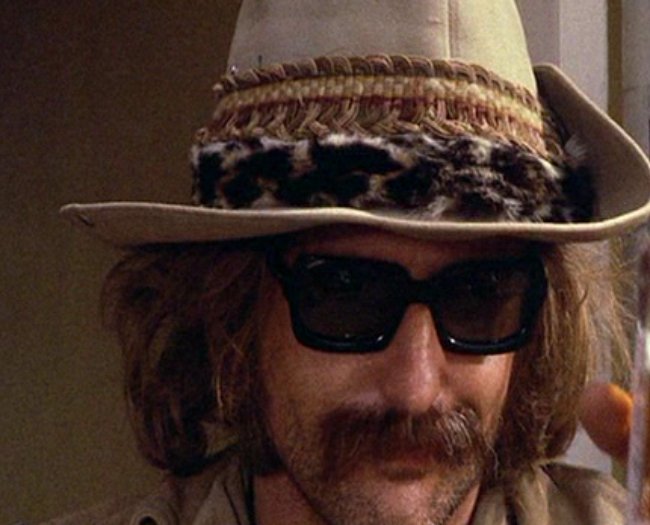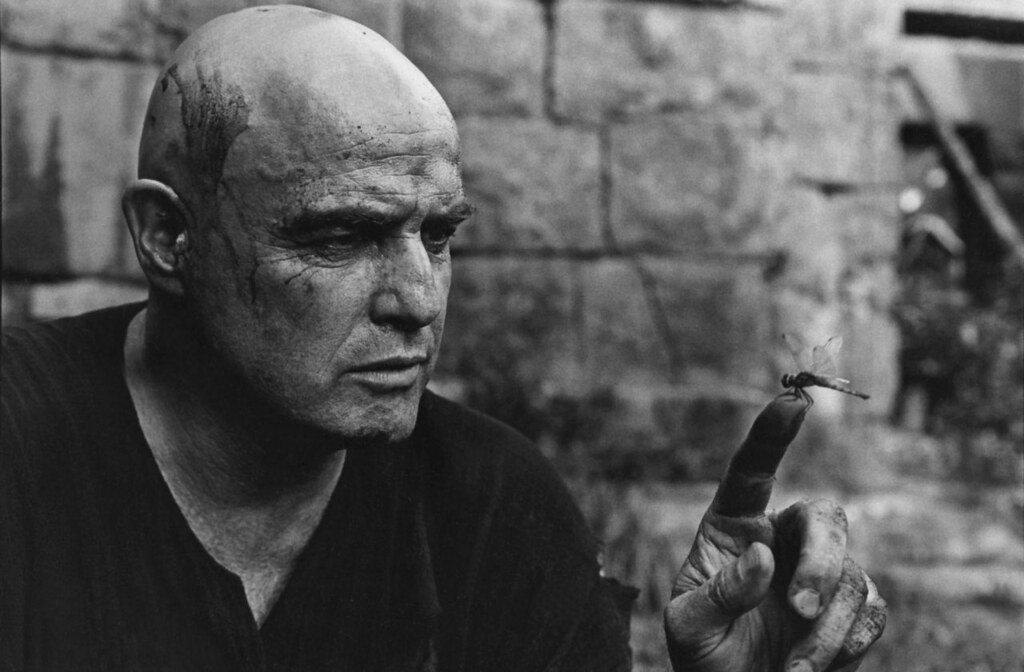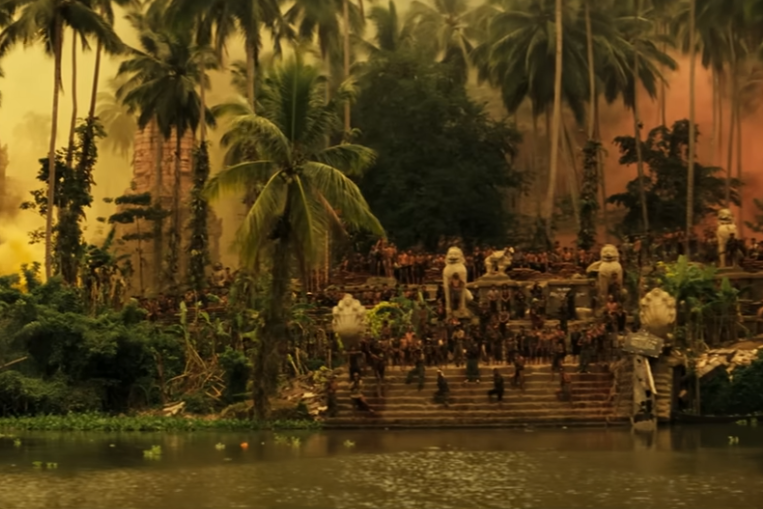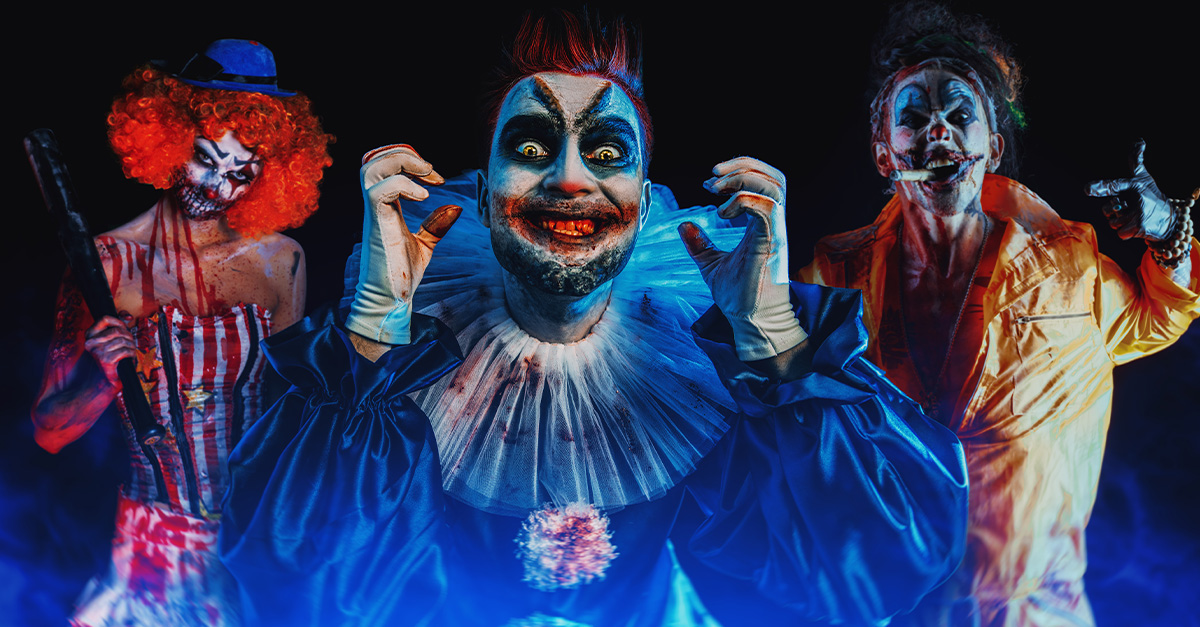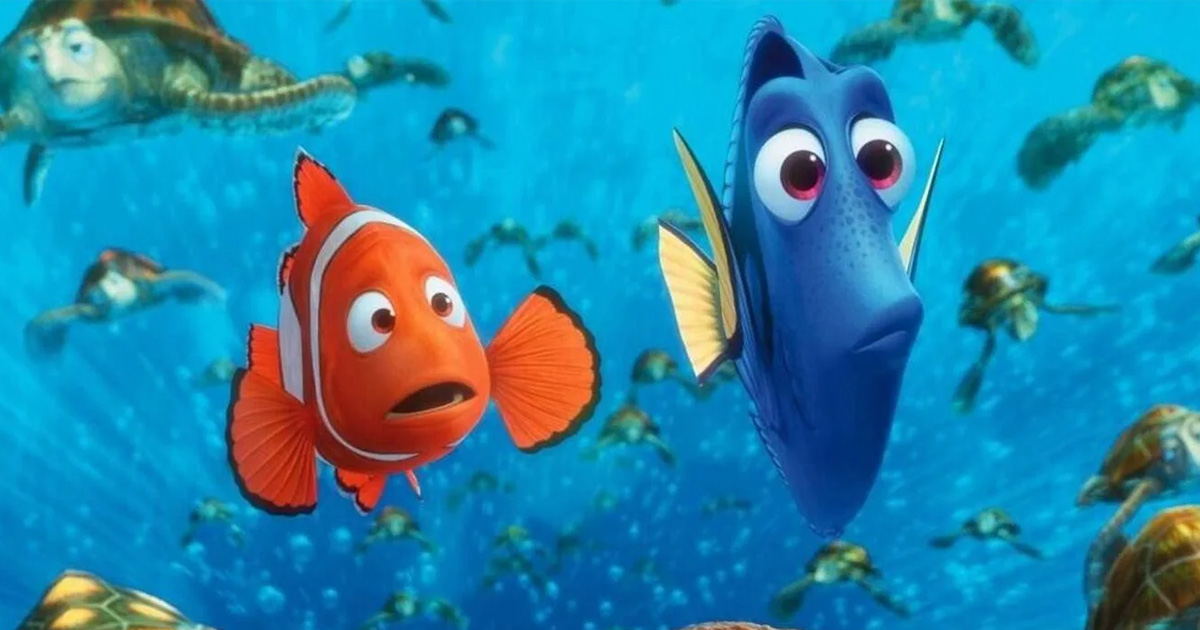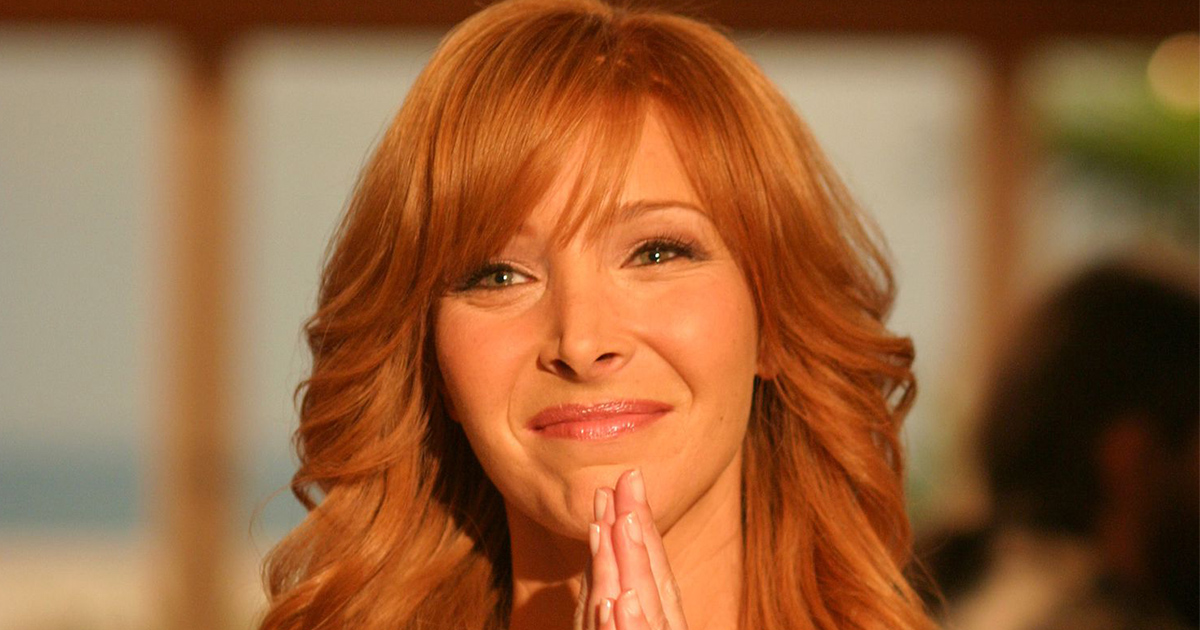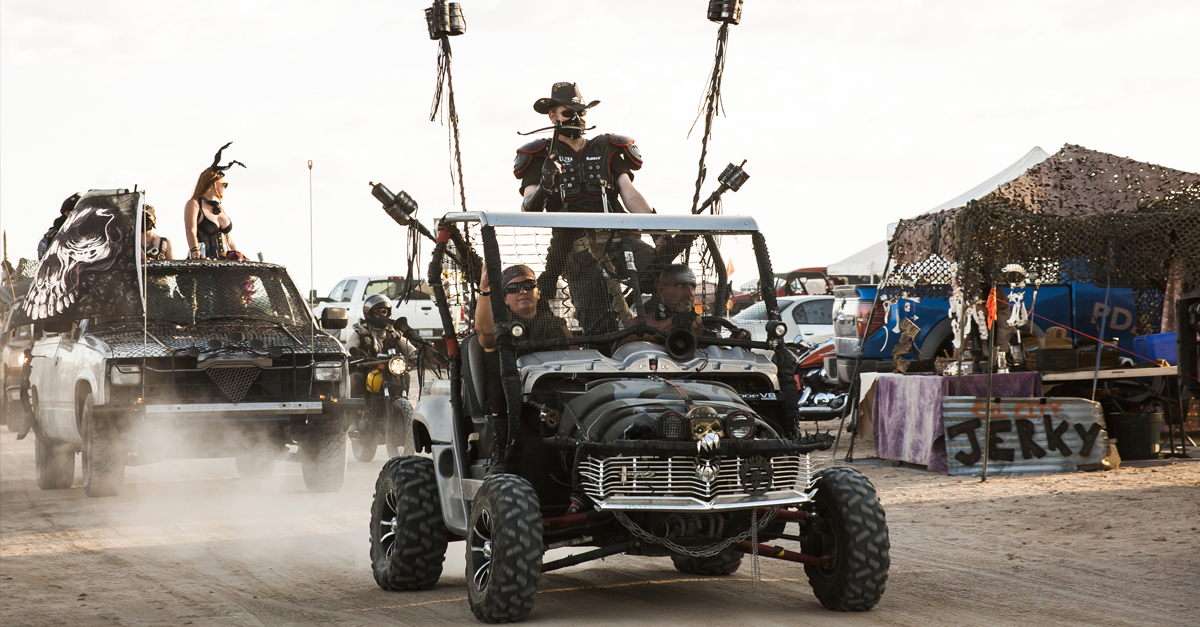The Most Horrifying Film Set
Francis Ford Coppola's Apocalypse Now is one of the most praised films in Hollywood history—but the behind-the-scenes stories are straight out of a deranged fever dream.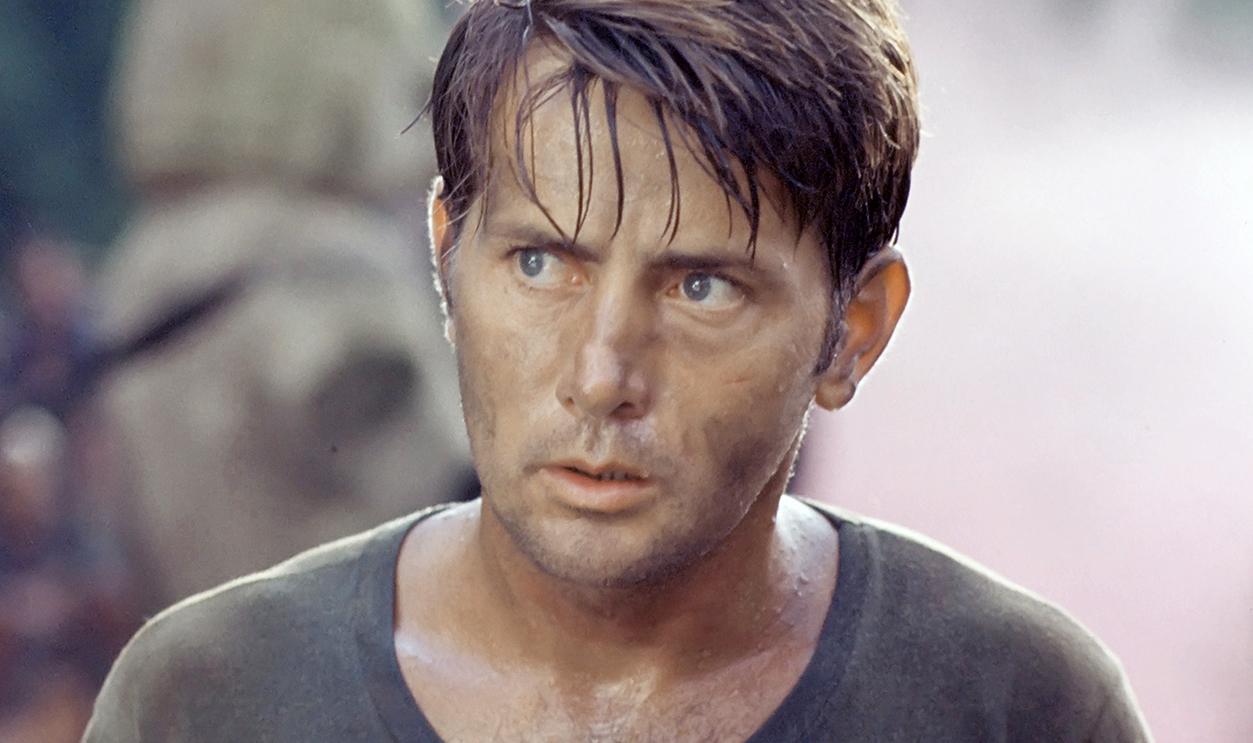
Francis Ford Coppola's Golden Era
It was a golden era for director Francis Ford Coppola. Hollywood was his oyster, and in the years leading up to Apocalypse Now, he had released two of the most lauded films of all time: The Godfather and The Godfather Part II. He even had some Oscars under his belt.
He had no clue that his next project would be a real-life horror story.
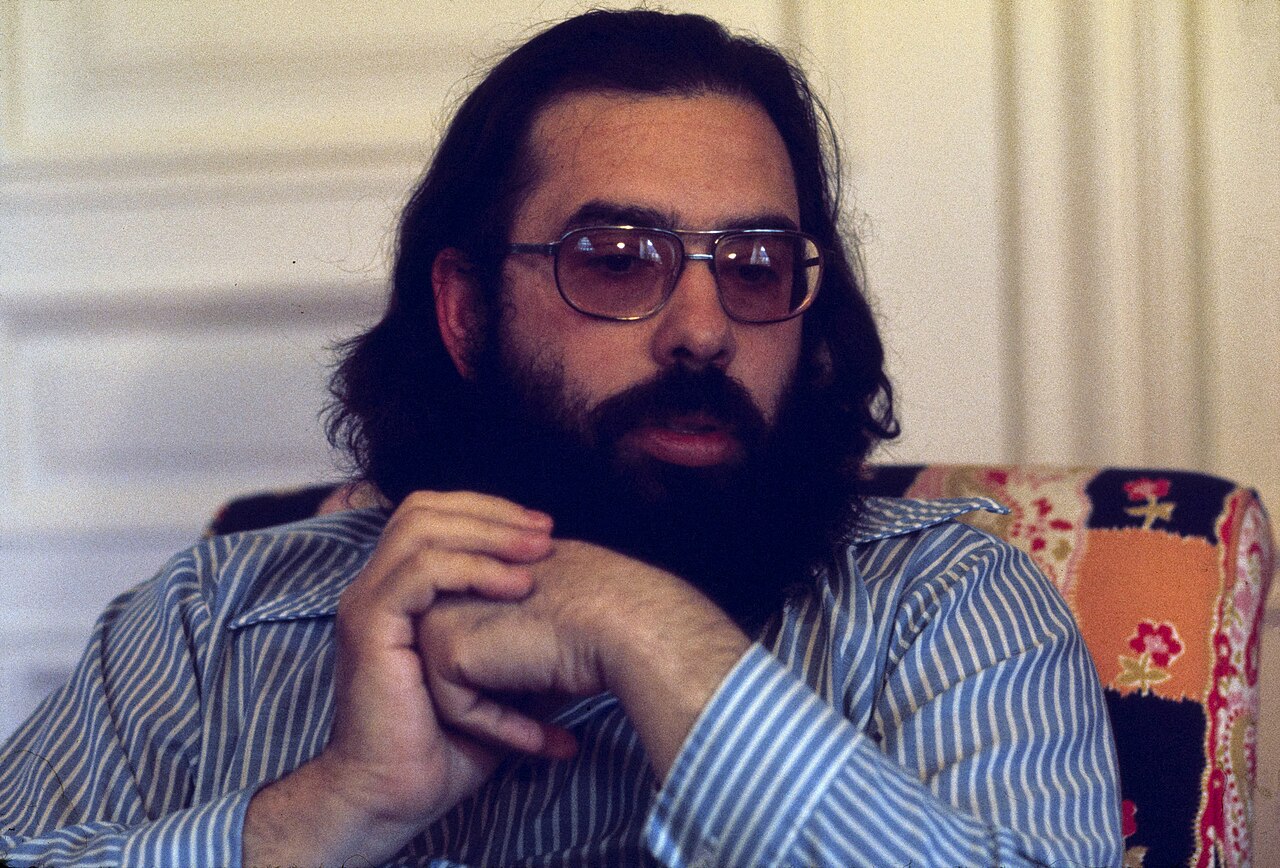 Bernard Gotfryd, Wikimedia Commons
Bernard Gotfryd, Wikimedia Commons
It Was A Book-To-Film Adaptation
Coppola had set his sights on a classic story—an adaptation of Joseph Conrad's Heart of Darkness. Of course, he would be putting a unique Hollywood spin on it.
They Changed The Setting
Following a script penned by John Milius, the story would be set during the Vietnam War instead of in the African jungle. It seemed like a brilliant idea—but this was just the calm before the storm.
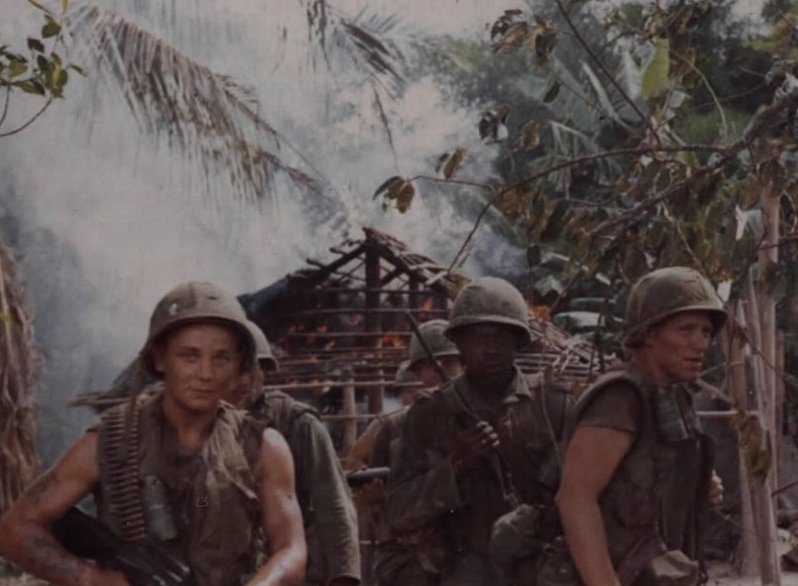 James K. F. Dung, Wikimedia Commons
James K. F. Dung, Wikimedia Commons
Coppola's Wife Eleanor Came Along
The production of Apocalypse Now began in 1976. Coppola's film crew traveled to the Philippines, filled with high hopes and bolstered by the director's string of successes. Coppola's wife Eleanor came along for the ride—responsible for shooting behind-the-scenes content. But this would prove to be an unbelievably daunting task.
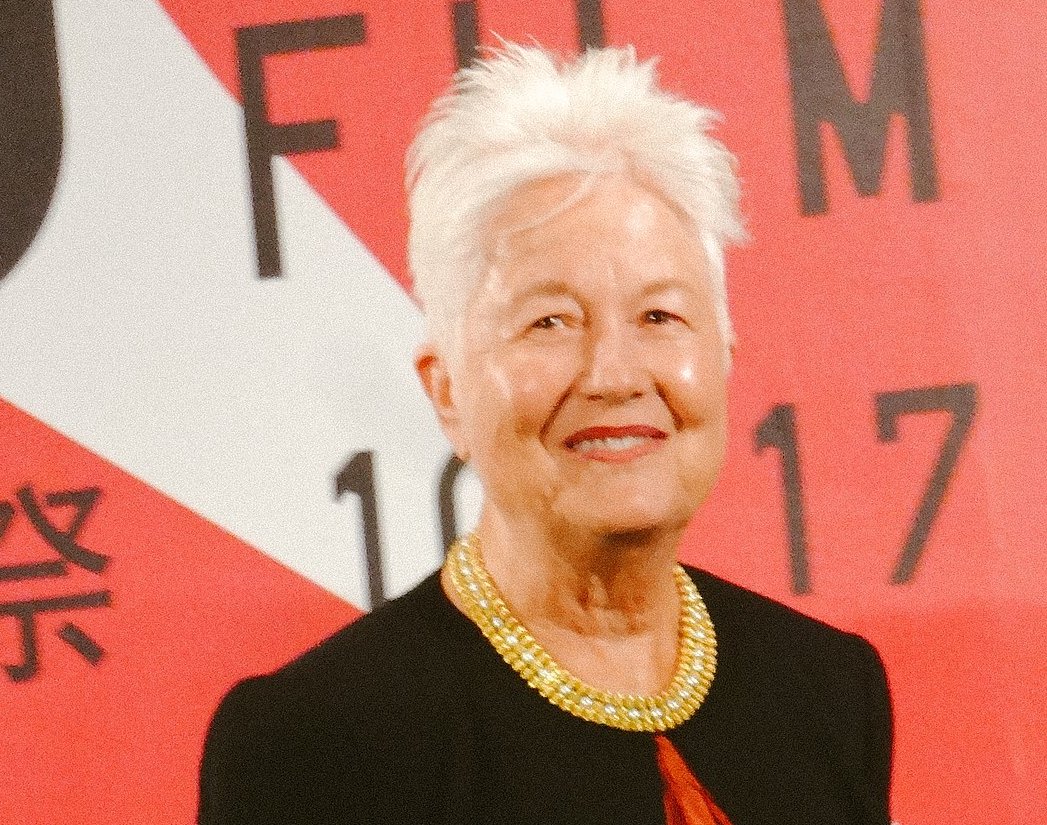 Dick Thomas Johnson, CC BY 2.0, Wikimedia Commons
Dick Thomas Johnson, CC BY 2.0, Wikimedia Commons
She Recorded All Of The Behind-The-Scenes Drama
Eleanor Coppola had a front-row seat to all of the nightmarish developments on set—from the devastating weather to the volatile actors. The footage she captured would eventually be used for another film—none other than Hearts of Darkness: A Filmmaker's Apocalypse.
The Production Drove Everyone "Insane"
Turns out, the effort to bring this film to fruition was its own kind of apocalypse. Francis Ford Coppola later summed up his experience at the 1979 Cannes Film Festival, stating, "We were in the jungle, there were too many of us, we had access to too much money, too much equipment, and little by little we went insane".
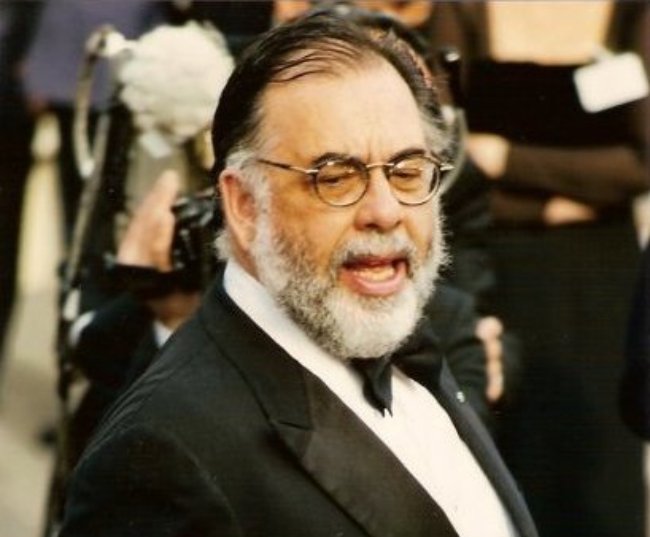 Georges Biard, CC BY-SA 3.0, Wikimedia Commons
Georges Biard, CC BY-SA 3.0, Wikimedia Commons
It Was A Long Time Coming
It took decades for the production of Apocalypse Now to get off the ground. Its roots in Hollywood date all the way back to 1939 when Orson Welles had hoped to take its helm. Coppola had even wanted to be involved in the project before he began working on The Godfather.
It Had All The Ingredients For Success
Therefore, by the time 1975 rolled around, Coppola was in his prime and ready to take on the challenge of Apocalypse Now. Not only did he wield a budget of $12 million, but he also had a star-studded cast: Marlon Brando, Harvey Keitel, and Robert Duvall.
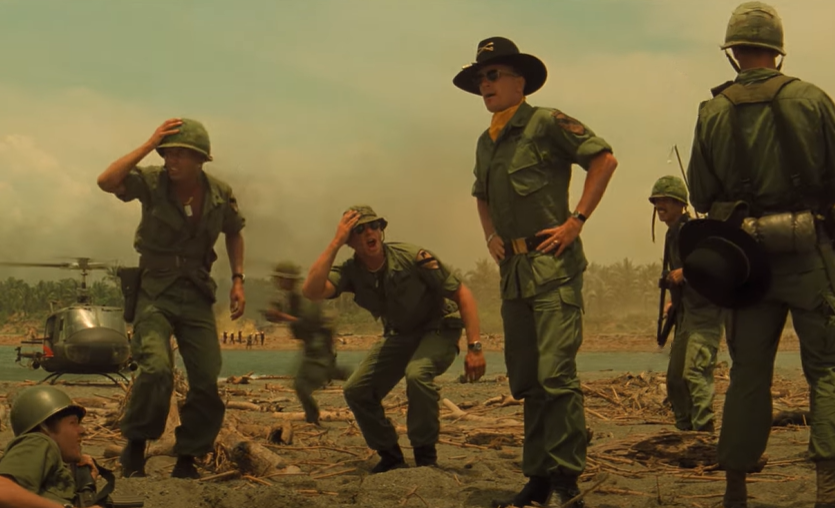 American Zoetrope, Apocalypse Now (1979)
American Zoetrope, Apocalypse Now (1979)
He Fired One Of His Lead Actors
Perhaps one of the first red flags of the shoot was Coppola's horrible revelation that one of his actors was completely wrong for the part. After six weeks, Harvey Keitel had already shot several of his scenes, when he got the bad news. Coppola had given him the axe.
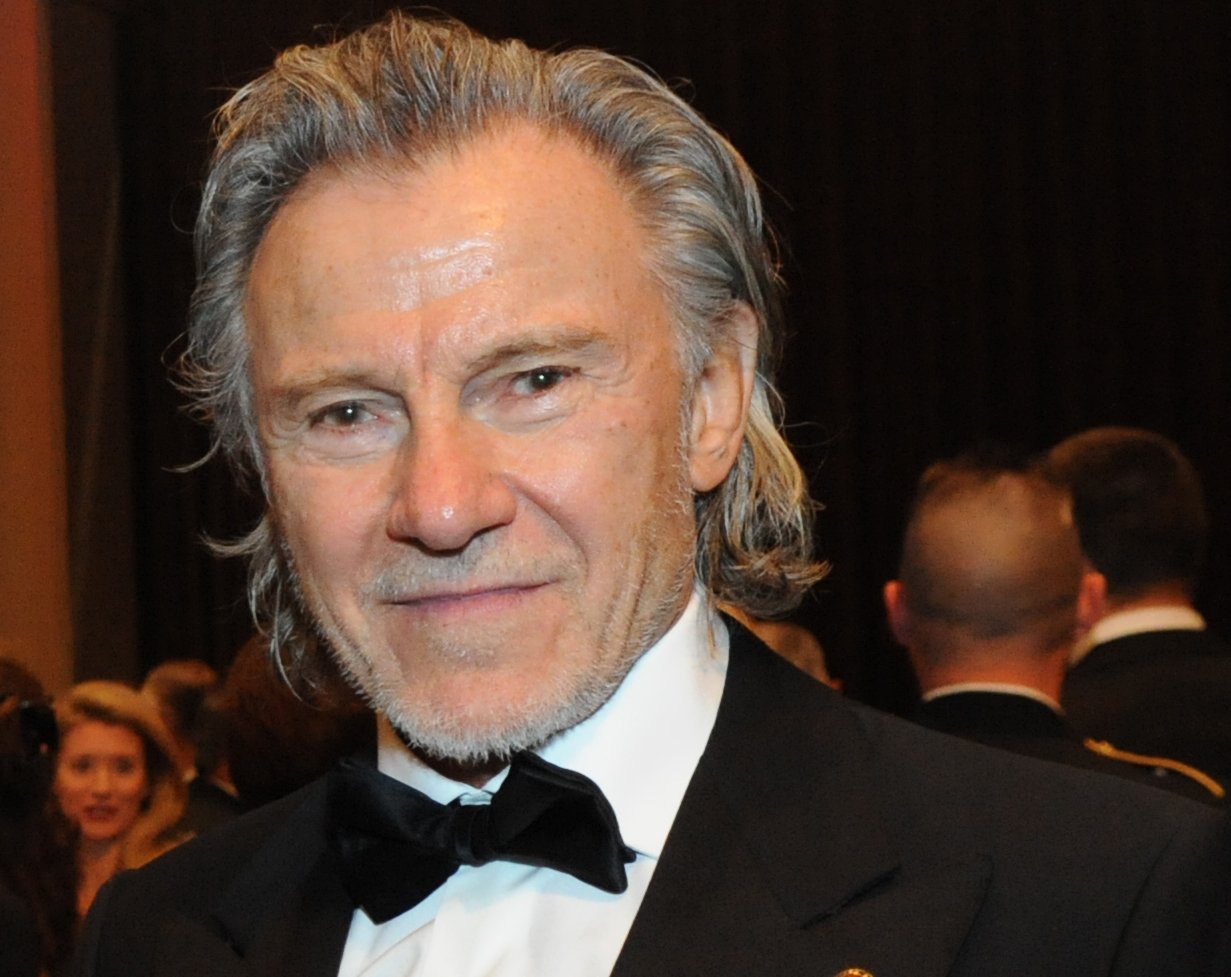 Edwin L. Wriston, Wikipedia Commons
Edwin L. Wriston, Wikipedia Commons
He Had To Do Extensive Reshoots
After viewing the footage he'd shot of Keitel, Coppola knew that he needed to replace him. Therefore, the part ended up going to Martin Sheen. This also meant that the crew had to do an extensive amount of re-shoots with the film's new lead actor.
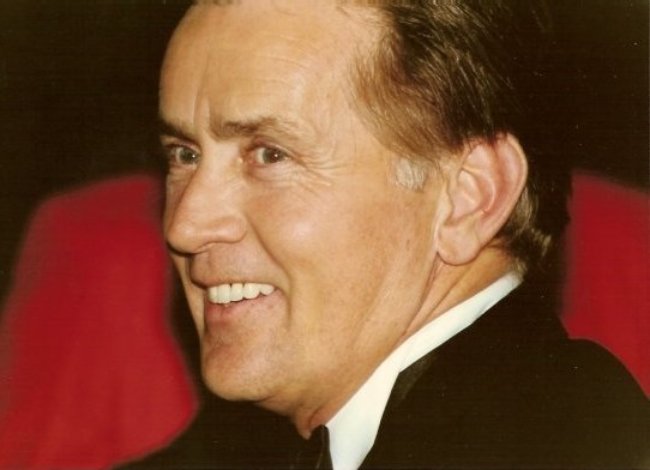 Georges Biard, CC BY-SA 3.0, Wikimedia Commons
Georges Biard, CC BY-SA 3.0, Wikimedia Commons
Martin Sheen's Breakdown
Unfortunately, Martin Sheen had a particularly rough time during this shoot. In fact, during one of the film's most memorable scenes, the actor genuinely injured himself.
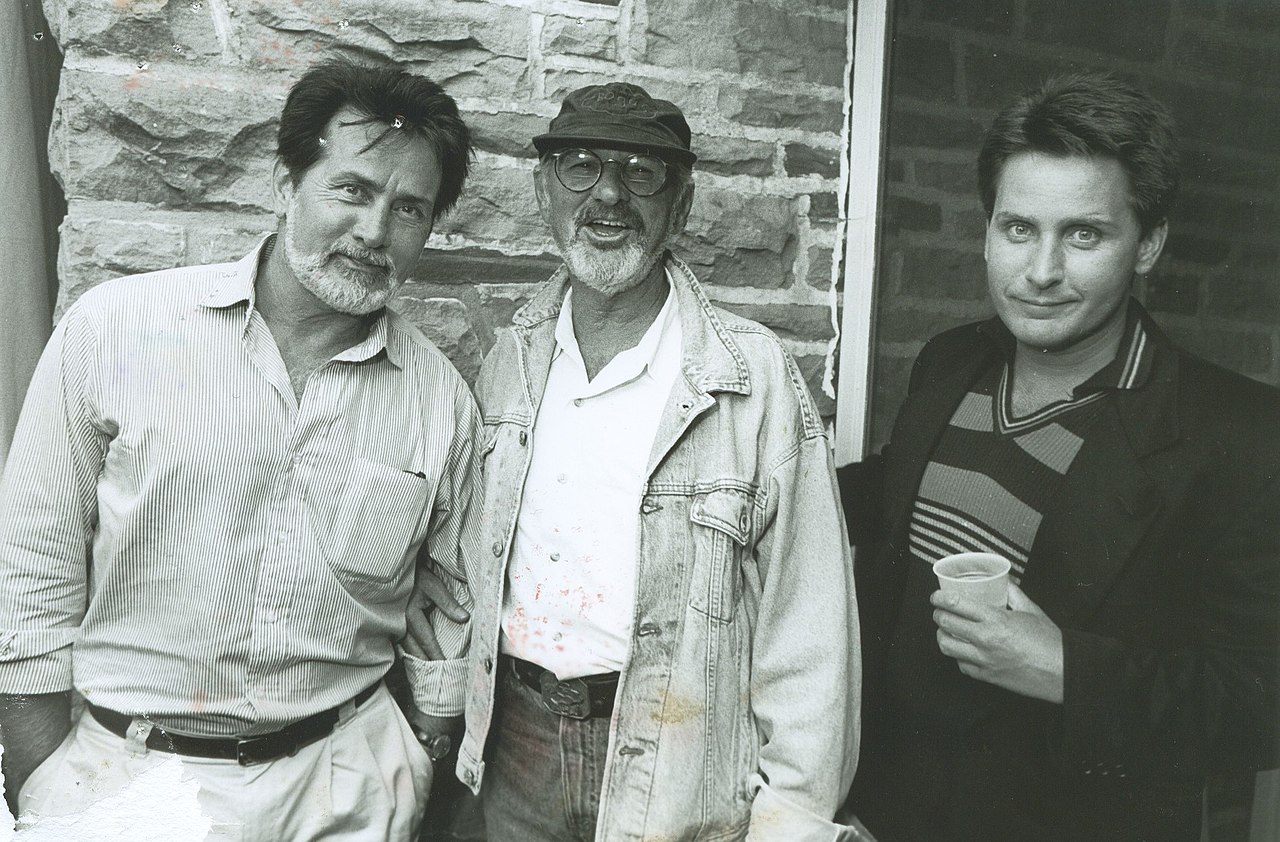 Canadian Film Centre, CC BY 2.0, Wikimedia Commons
Canadian Film Centre, CC BY 2.0, Wikimedia Commons
Martin Sheen's Breakdown
In one of the earlier scenes, Martin Sheen's character, Captain Benjamin L Willard, suffers a full breakdown. During this dramatic scene, he also slices his hand while smashing a mirror. However, most people don't know that the breakdown on screen was 100% real.
Martin Sheen's Breakdown
You see, the day Sheen filmed this difficult sequence, he'd been drowning himself in drink. It was his birthday, and by the time he arrived for work, the actor could barely stand up straight.
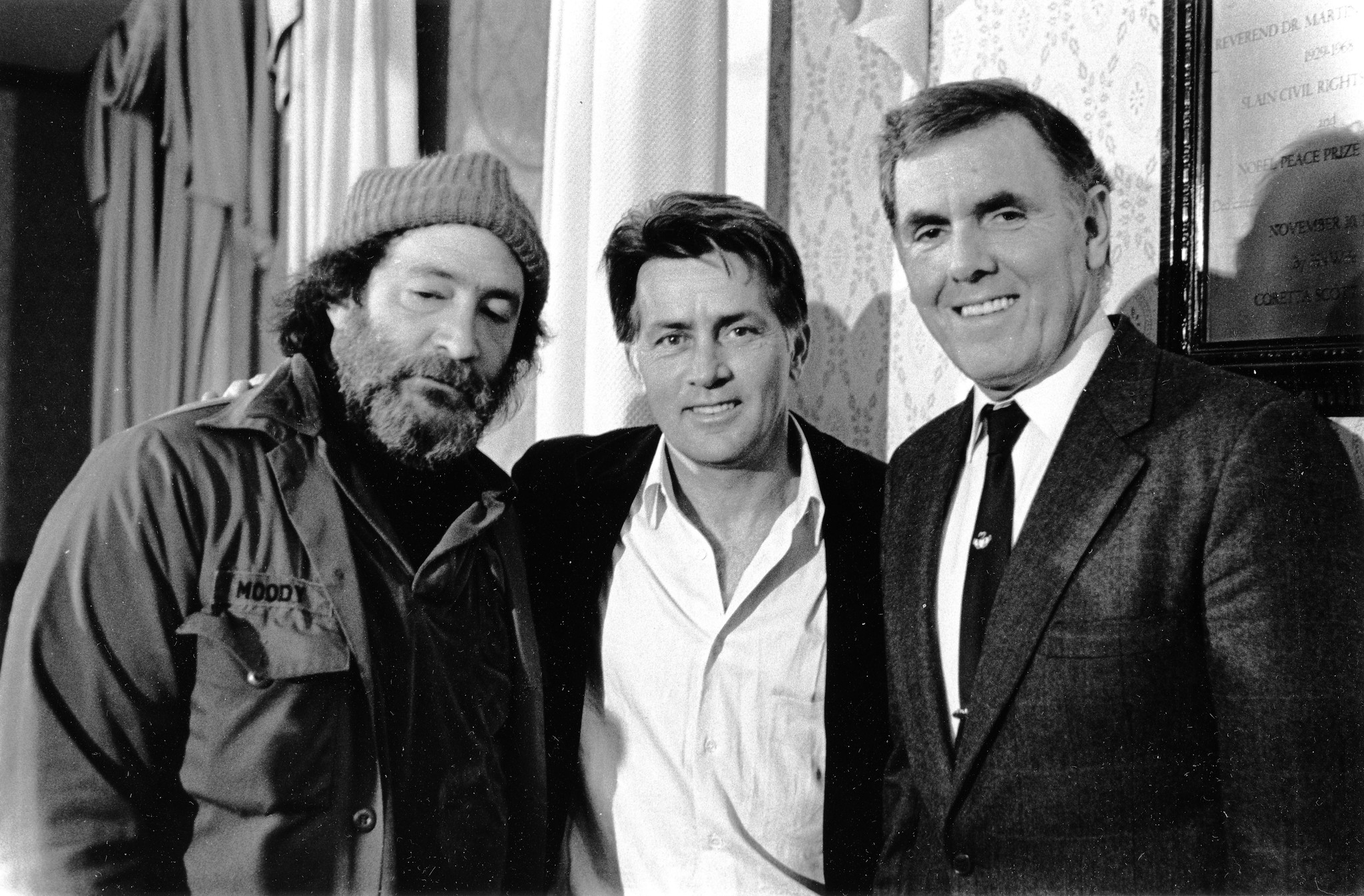 City of Boston Archives, Flickr
City of Boston Archives, Flickr
Martin Sheen's Breakdown
After Sheen hurt himself on the broken mirror, he crumpled—tears running down his face. Coppola was about to cut the scene, but it was Sheen himself who pleaded with the director to keep the tapes rolling.
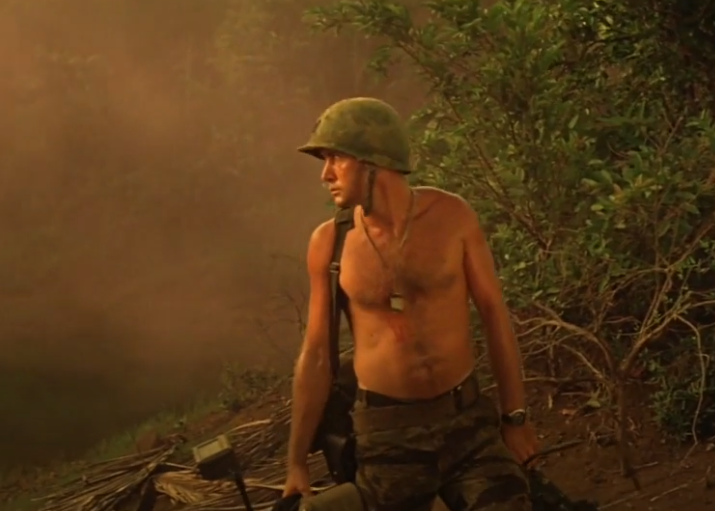 American Zoetrope, Apocalypse Now (1979)
American Zoetrope, Apocalypse Now (1979)
Martin Sheen's Breakdown
In a later interview, Sheen elaborated on his interaction with Coppola: "And I said, ‘Please. I must do this for myself.’ And he did. And he allowed me, in a sense, to wrestle with some demons that I had been wrestling with for quite a while”.
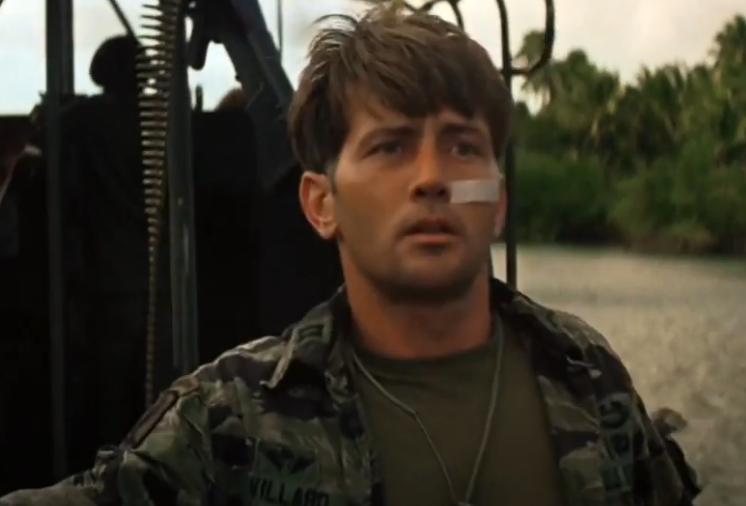 American Zoetrope, Apocalypse Now (1979)
American Zoetrope, Apocalypse Now (1979)
Martin Sheen's Breakdown
One of the most harrowing parts of this scene is when Sheen rubs his bloody hand all over his face. This visceral but affecting moment only heightened the success of his performance. However, in reference to this scene, the actor later confessed, "Today I don’t recognize that man. Pretty sad guy".
But as we'll soon see, this wasn't the only hardship Sheen faced on set.
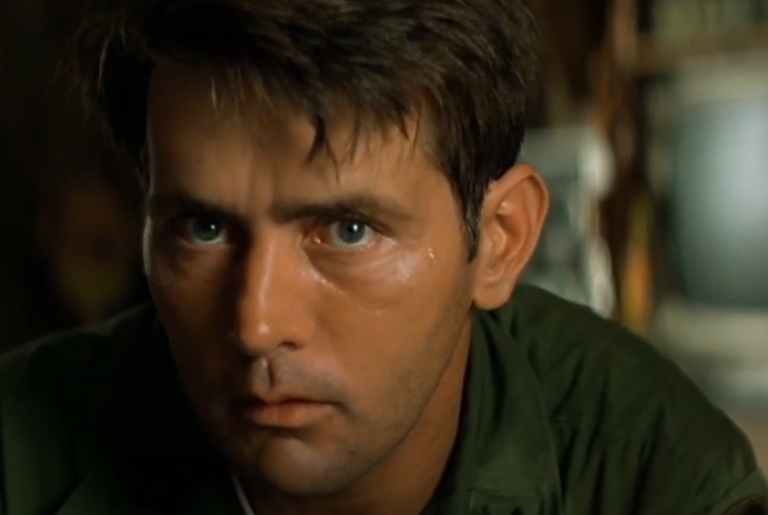 American Zoetrope, Apocalypse Now (1979)
American Zoetrope, Apocalypse Now (1979)
The Typhoon
On May 26, 1976, absolute destruction rained down on the set of the film. Typhoon Olga hit the production hard, obliterating most of the sets in Iba. It was a fearsome sight to behold.
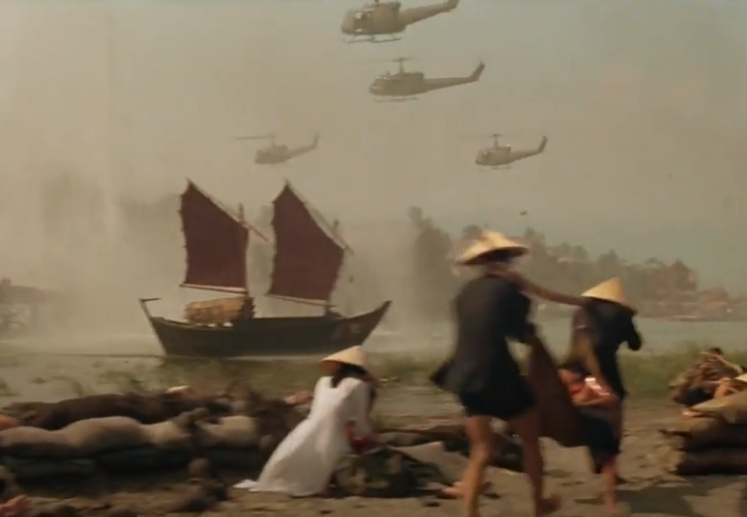 American Zoetrope, Apocalypse Now (1979)
American Zoetrope, Apocalypse Now (1979)
The Typhoon
Production designer Dean Tavoularis described the typhoon, explaining how it "started raining harder and harder until finally it was literally white outside, and all the trees were bent at forty-five degrees". But that wasn't all.
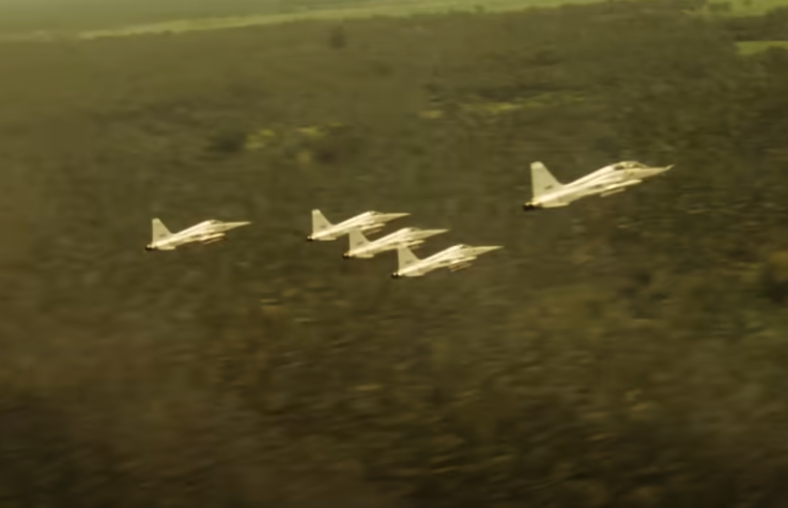 American Zoetrope, Apocalypse Now (1979)
American Zoetrope, Apocalypse Now (1979)
The Typhoon
During the typhoon, members of the crew found themselves in a rough situation—either trapped at a hotel or in some small shelters. By the time the typhoon had run its course, the majority of the production team and cast ended up flying back to America. After all, they needed to fix up the mess before they could begin shooting again.
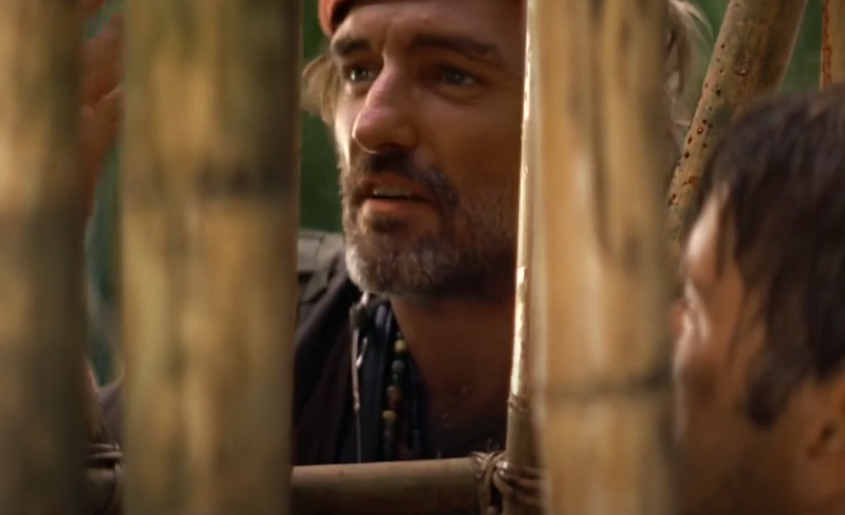 American Zoetrope, Apocalypse Now (1979)
American Zoetrope, Apocalypse Now (1979)
The Typhoon
One of the most important sets wrecked by the typhoon was the Playboy Playmate set. This effectively derailed the filming schedule for an entire month. A new Playmate set had to be constructed in a brand new location. The consequences of the typhoon were mind-blowing.
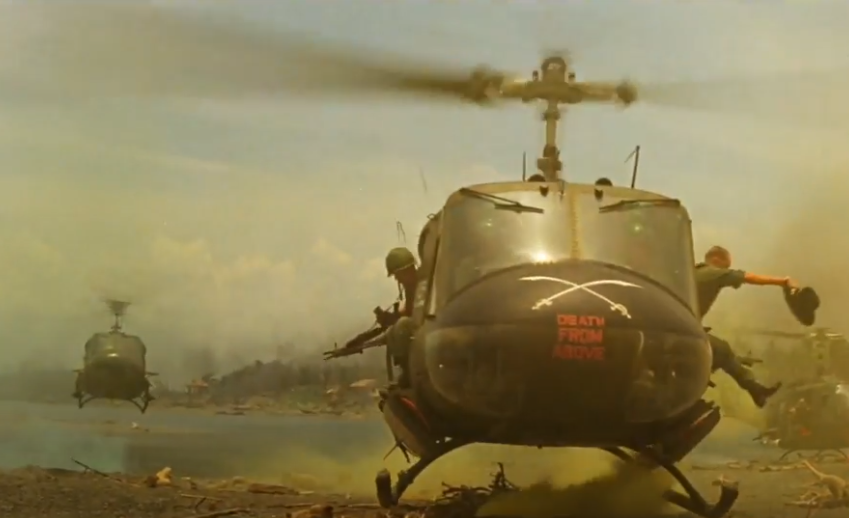 American Zoetrope, Apocalypse Now (1979)
American Zoetrope, Apocalypse Now (1979)
The Typhoon
Eleanor Coppola later shared that the filming schedule wound up shockingly behind—six weeks behind. But that wasn't the worst part. On top of their scheduling woes, they had plowed through their budget, exceeding it by $2 million.
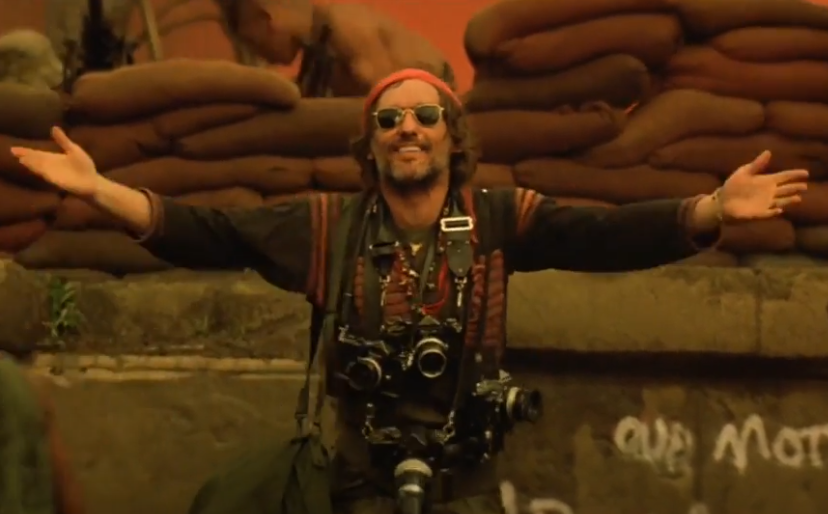 American Zoetrope, Apocalypse Now (1979)
American Zoetrope, Apocalypse Now (1979)
The Typhoon
With the rising expenses, Francis Ford Coppola found himself in a bit of a financial pickle. He made an insurance claim of $500,000 to help manage all of the destruction costs. But then—he went further.
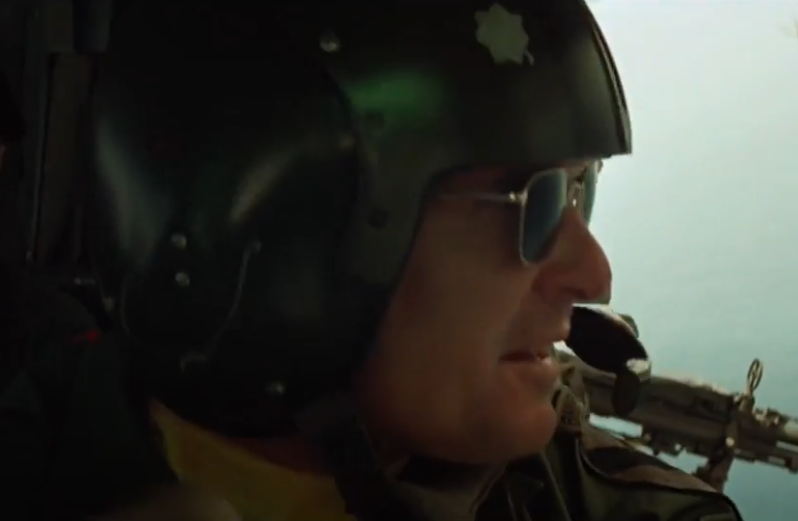 American Zoetrope, Apocalypse Now (1979)
American Zoetrope, Apocalypse Now (1979)
The Typhoon
Even in recent years, Coppola has never shied away from taking a risk. Therefore, it might not be much of a surprise that he approached United Artists, seeking a loan. They agreed—but they had one scary condition.
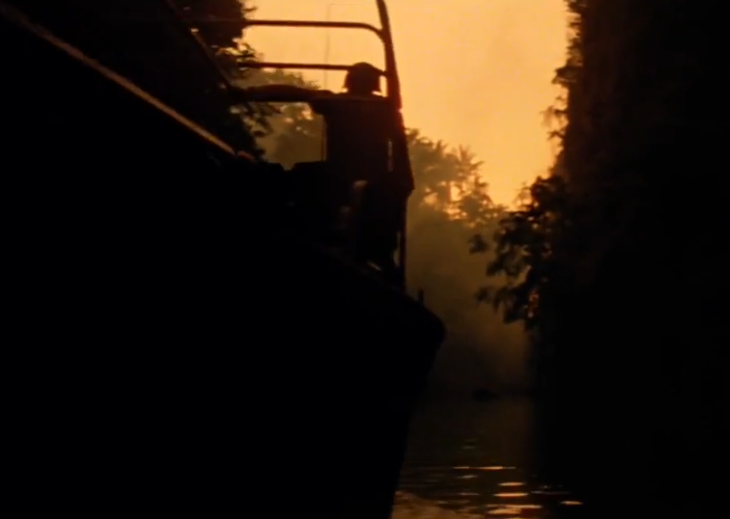 American Zoetrope, Apocalypse Now (1979)
American Zoetrope, Apocalypse Now (1979)
The Typhoon
Should the film fail to draw $40 million in theatrical rental, Coppola himself would shoulder the responsibility for the overruns. Unfortunately, the stress of this natural disaster was just a taste of the stressors to come.
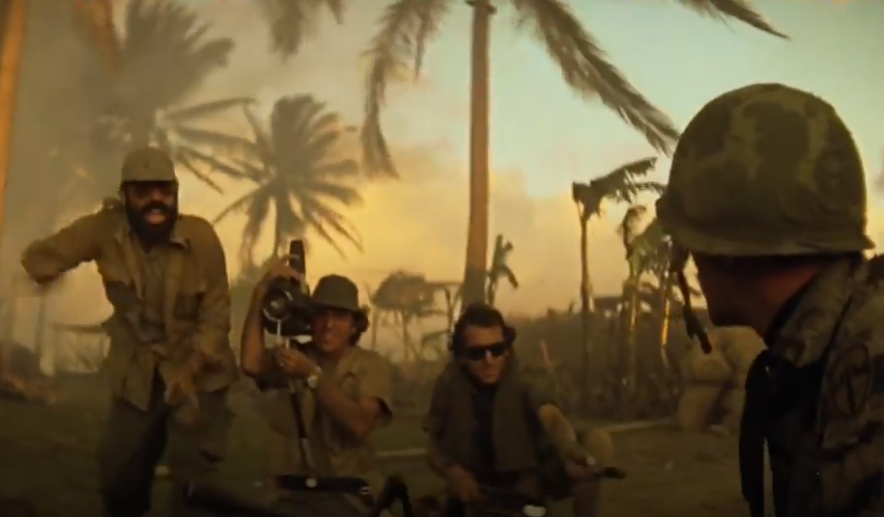 American Zoetrope, Apocalypse Now (1979)
American Zoetrope, Apocalypse Now (1979)
Difficult Actors
Though Coppola managed to pick up the broken pieces of his production, he still wasn't able to wrangle his cast of superstars. Actor Dennis Hopper, in particular, gained an unsavory reputation on the set of this film.
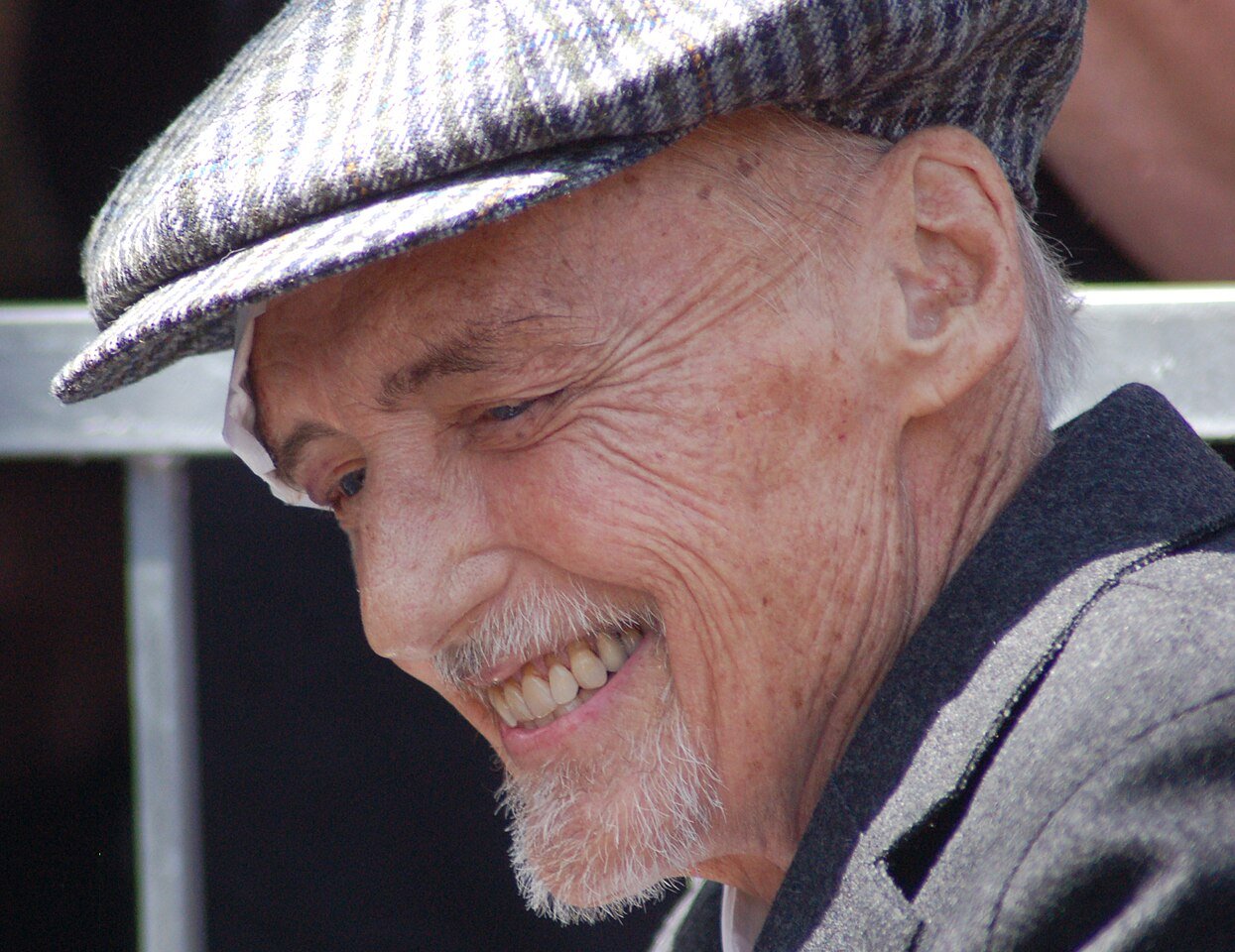 Angela George, CC BY-SA 3.0, Wikimedia Commons
Angela George, CC BY-SA 3.0, Wikimedia Commons
Difficult Actors
Allegedly, Hopper was a nightmare to work with. Not only was he often high, but he had a habit of failing to learn his lines properly. But even he was nothing compared to the headache that was Marlon Brando.
Difficult Actors
Marlon Brando is largely considered one of the best actors in Hollywood history—and his prowess should have been an obvious asset to Apocalypse Now. After all, he had the very important role of Colonel Kurtz. But his sad efforts were not worth his exorbitant price tag.
Difficult Actors
You see, Brando's salary for this film was wildly high. He'd signed on for $3 million for three weeks of acting. With that kind of paycheck, one might assume that Brando delivered his very best performance... NOPE. Not at all.
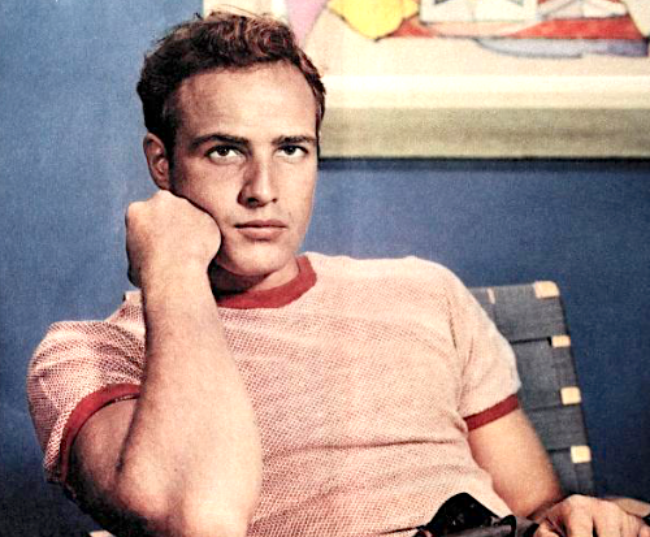 Unknown Artist, Wikimedia Commons
Unknown Artist, Wikimedia Commons
Difficult Actors
One can only imagine Coppola's panic when Marlon Brando arrived on his set. The actor was extremely overweight, but even worse, he hadn't even brushed up on the material—failing to crack the spine on Heart of Darkness.
In retrospect, however, this may have been a blessing in disguise.
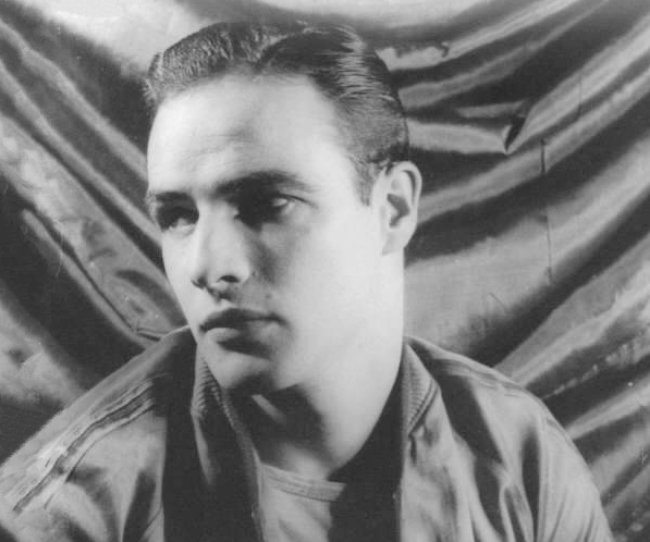 Carl Van Vechten, Wikimedia Commons
Carl Van Vechten, Wikimedia Commons
Difficult Actors
You see, Marlon Brando's size disrupted the narrative of the story, and so Coppola had to go back to the drawing board. He found a way to tweak the plot and overall theme to accommodate for the way they ended up framing Brando in his scenes.
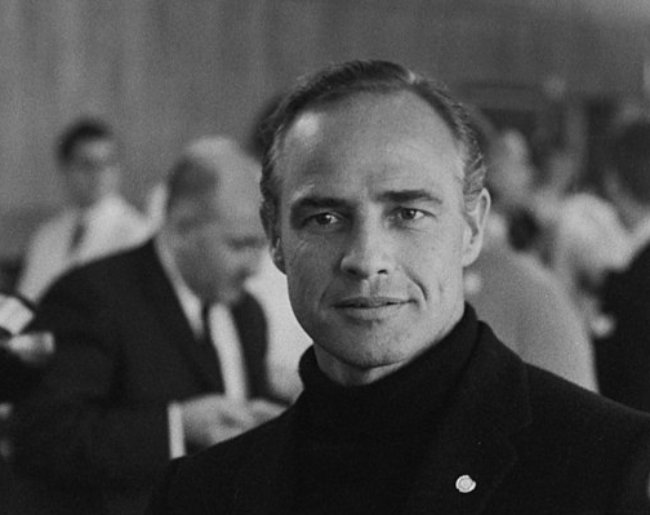 Finnish Heritage Agency, CC BY 4.0, Wikimedia Commons
Finnish Heritage Agency, CC BY 4.0, Wikimedia Commons
Difficult Actors
In order to hide Brando's body, Coppola and cinematographer Vittorio Storaro opted to shoot Brando in dark shadows. This ended up being a rather fitting choice and added a layer of turbulence to his character.
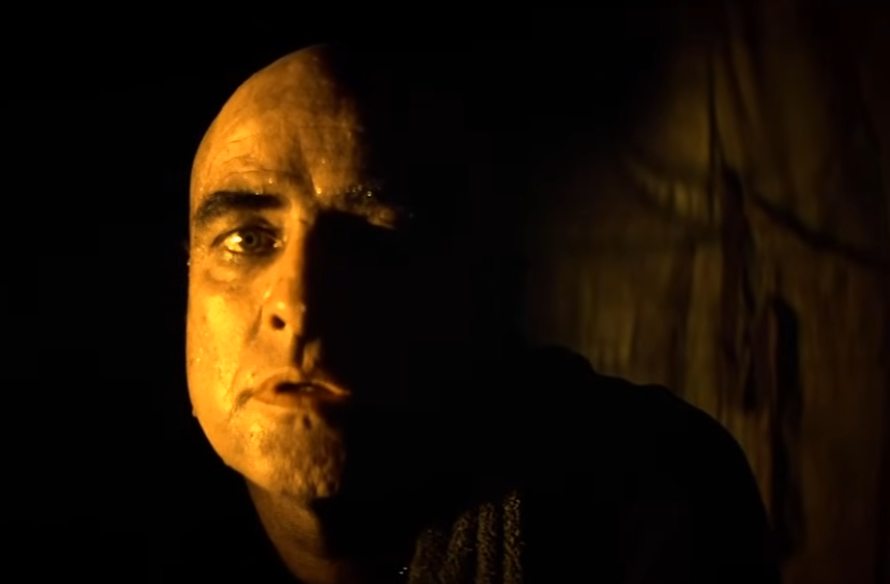 American Zoetrope, Apocalypse Now (1979)
American Zoetrope, Apocalypse Now (1979)
Martin Sheen's Heart Attack
For Sheen, fighting his own addictions on the set of Apocalypse Now was just the tip of the iceberg. While alone in the middle of the jungle, the troubled 36-year-old also had a heart attack.
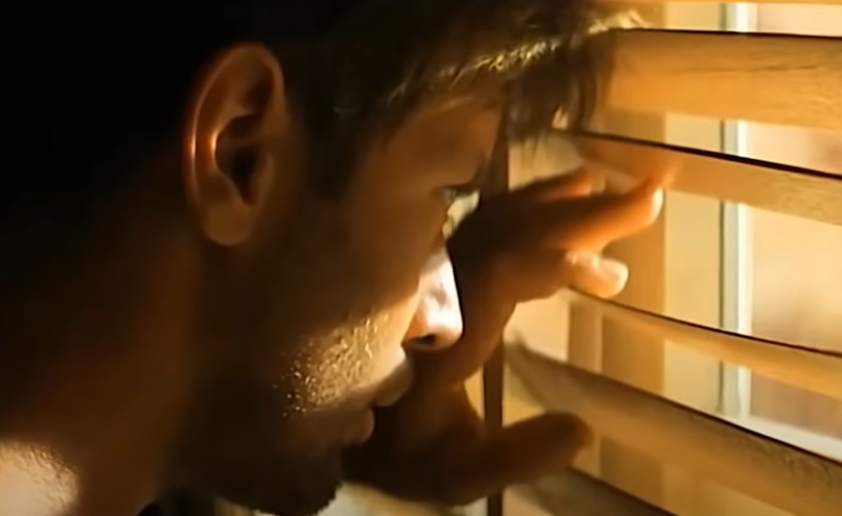 American Zoetrope, Apocalypse Now (1979)
American Zoetrope, Apocalypse Now (1979)
Martin Sheen's Heart Attack
Sheen really thought he was on his way out of this world. In his sickly state, he ended up crawling to the road where he managed to board a bus. After being passed off to the production's wardrobe van, the actor finally got the assistance he needed—but he did not look good.
Worried about his own mortality, Sheen had a priest give him his last rites. But there was still hope for him.
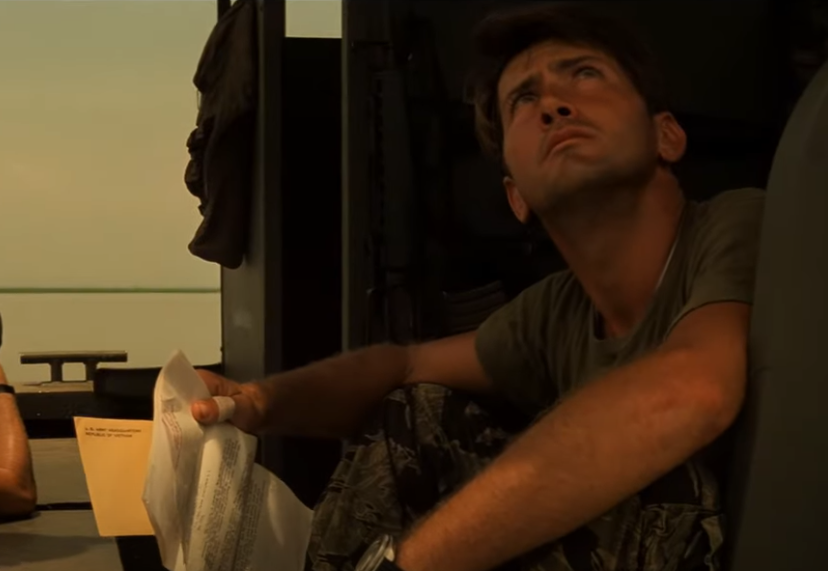 American Zoetrope, Apocalypse Now (1979)
American Zoetrope, Apocalypse Now (1979)
Martin Sheen's Heart Attack
Remembering this chilling health scare, Sheen later shared, "They had to fly me in on a helicopter. I hated getting in those helicopters because we had so many close calls, but this day, it was an emergency. I could either go to Manila in a bus, which would take about four or five hours, or I could be there in 15 minutes in a chopper. Under the circumstances, I took the chopper!"
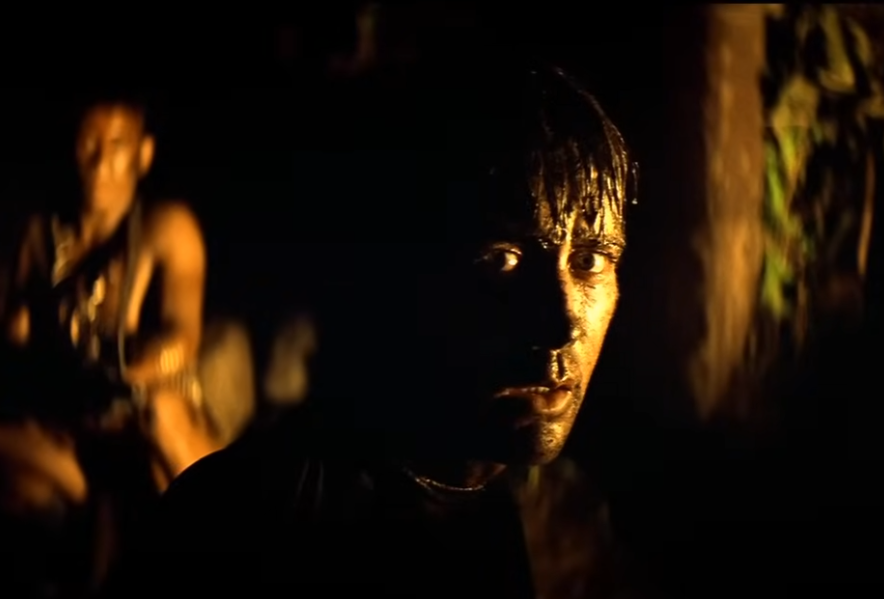 American Zoetrope, Apocalypse Now (1979)
American Zoetrope, Apocalypse Now (1979)
A Perilous Journey On Two Fronts
The rigorous journey portrayed in Apocalypse Now ended up being mirrored by the cast and crew trying to make the movie. Coppola's experience as director presented him with the most hurdles he'd ever been faced with in his career. It could have ended in bankruptcy—but instead, the team's blood, sweat, and tears paid off big time.
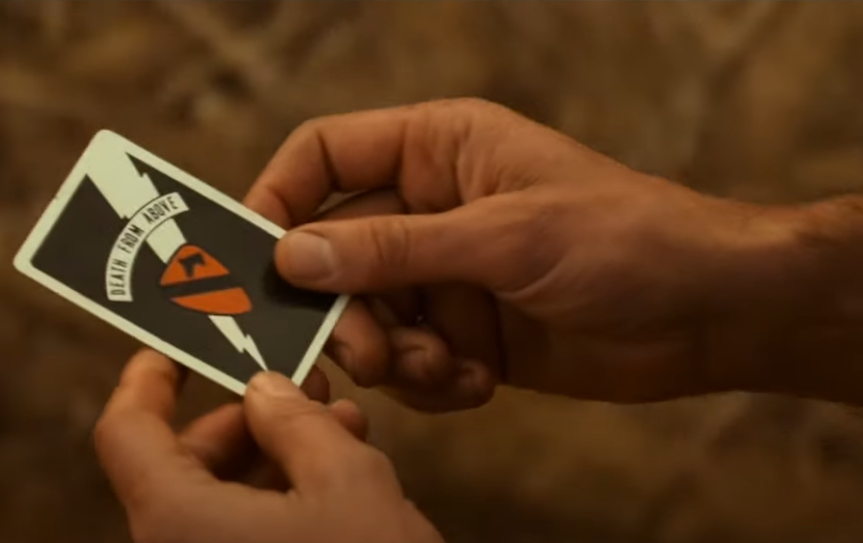 American Zoetrope, Apocalypse Now (1979)
American Zoetrope, Apocalypse Now (1979)
It Spent Two Years In Post-Production
After filming finally wrapped, there was still a long way to go. It would be another two years before the film finally came out, spending all of that time in post-production limbo.
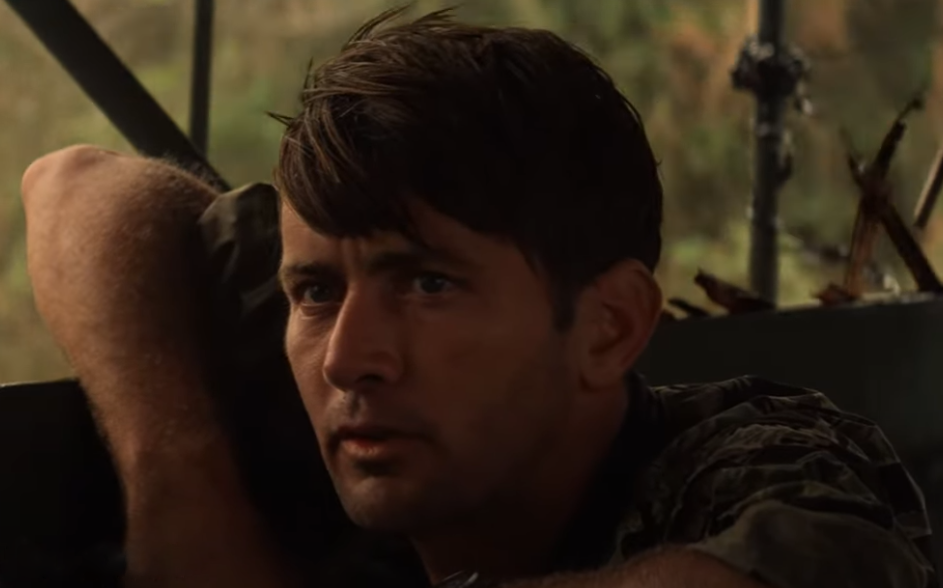 American Zoetrope, Apocalypse Now (1979)
American Zoetrope, Apocalypse Now (1979)
It's Final Budget Was Horrifying
Though the initial budget had started at $12 million, by the time all was said and done, the film cost $31.5 million to create. Over 1,000,000 feet of film had been used during production. And guess what? It was all worth it.
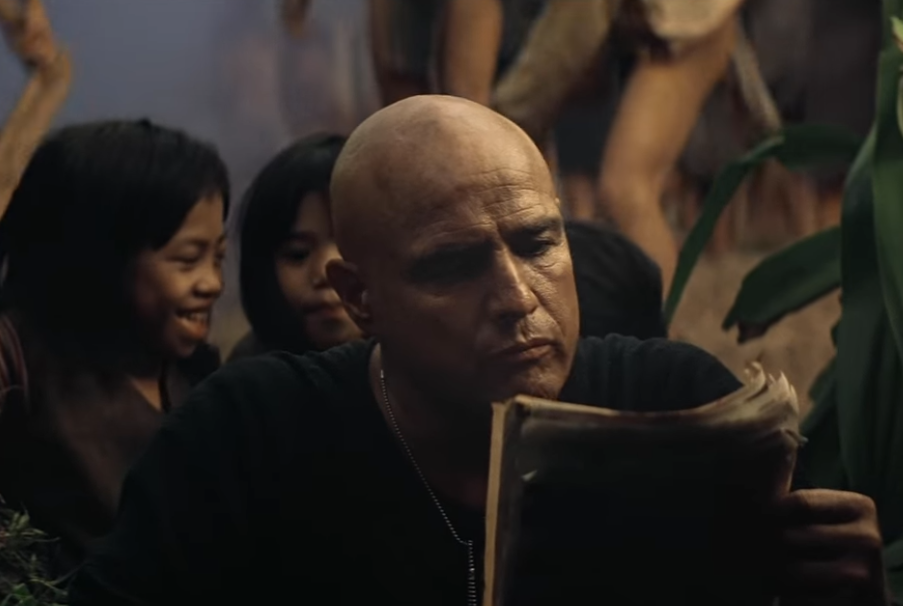 American Zoetrope, Apocalypse Now (1979)
American Zoetrope, Apocalypse Now (1979)
It Won Its Flowers
Apocalypse Now is one of the most epic war films of all time, and audiences have had nothing but praise to lay at its feet. It certainly got its flowers at the Cannes Film Festival, where it received the Palme d'Or. But the accolades didn't stop coming.
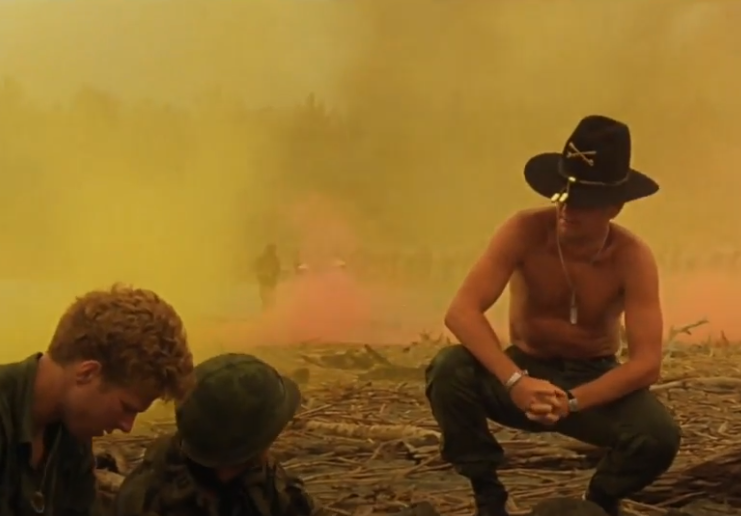 American Zoetrope, Apocalypse Now (1979)
American Zoetrope, Apocalypse Now (1979)
The King Of The Box Office
The film went on to receive eight Academy Award nominations, and grossed over $100 million at the box office, proving that the most nightmarish film sets can lead to the most profound work. Even today, Apocalypse Now is considered one of Coppola's greatest films.

